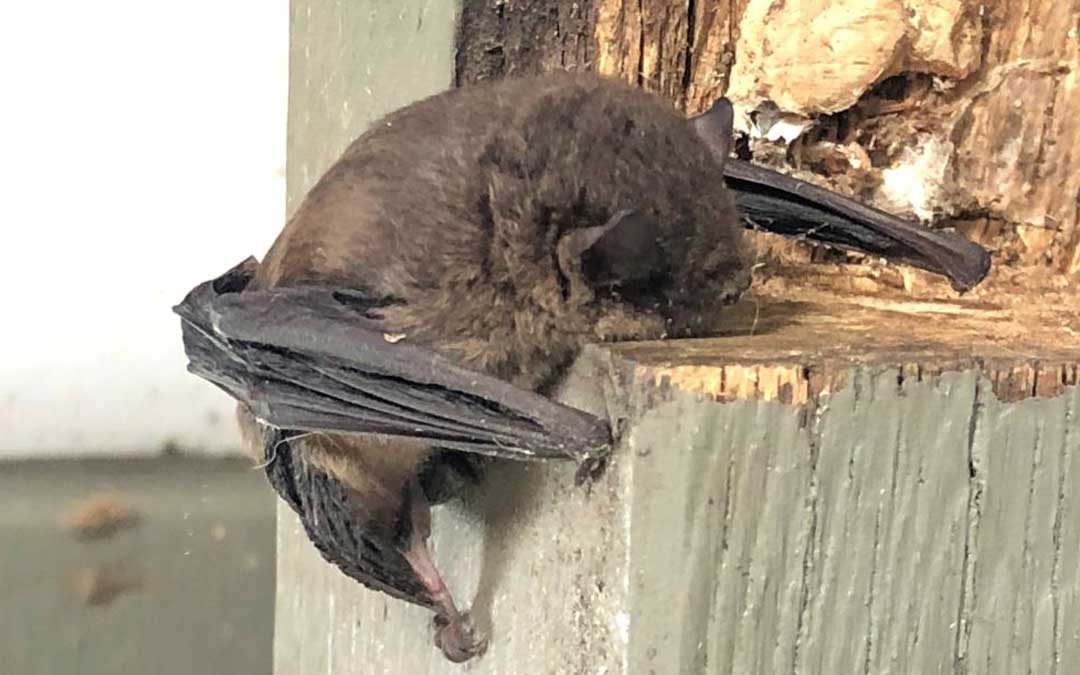Microbats: nature’s answer to mosquito control

I grew up in a mud brick and recycled timber house with inevitable little gaps in lots of places. Maybe it’s unsurprising then that I have grown to love our native microbats. We had one flying around inside after dark at least a couple of times every year.
When I was young I was scared of their silent flight. They would appear out of nowhere, and seeing them out of the corner of my eye they would catch me by surprise! But over time I have come to appreciate the role they play in reducing pesky mosquitoes and now find their ugliness endearing.
Bats in general get a bad rap. I think it’s pretty unfair. Here’s some microbat quick facts that might help you appreciate them if you don’t already:
- microbats play a unique role in our ecosystems
- they can consume half their body weight in insects in one night. Mosquitoes, bugs, ants, flies and moths are all common prey for microbats.They are a key predator of agricultural pests.
- they are extremely quick and quiet
- they use ultrasound to detect prey and navigate – but it’s so high pitched we can’t hear it- they make pulsing sounds that bounce back to them, so have evolved to have large ears and small eyes
- we have 16 species in Victoria
- one of our local species, the Eastern Bent-wing Bat (Miniopterus schreibersii oceanensis) is listed as vulnerable to extinction
microbats are really small- they generally weigh only 3-6g – about the weight of a 10 cent piece and are about the size of a human thumb. In comparison: one of Australia’s biggest bats, the Grey-headed Flying-fox (commonly found roosting around Yarra Bend Park in Fairfield and seen often in Macleod) grows to about 1 kg and has a wingspan of about 100 cm. - microbats are mammals and give birth to one or two babies between October to December which mothers feed with milk
- in the coldest months of the year (usually May to September) microbats become inactive and slow their heart rate and reduce their body temperature to save energy and survive -this is called torpor
- microbats are extremely vulnerable to predators such as cats during the cold months as they are conserving energy, are slow to come out of their mini hibernation and may not be able to escape harm
- they are nocturnal and during the day they prefer to roost in tree hollows, cracks in large old dead trees or under peeling bark-if they can’t find their preferred location, they may squeeze into narrow crevices and tiny gaps in a building’s roof or walls You can make or purchase microbat nesting boxes to provide alternative habitat
- they are sociable animals and usually live in small groups
- unlike rodents, microbats don’t chew through wires or wood, so they don’t cause structural problems -in fact, you may never know they are there, as they are extremely quiet and infrequently spotted
- many people think they are dirty, but in fact, microbats are very clean- their droppings are almost entirely odourless and are not known to carry disease. That said, bats can very rarely carry a dangerous virus, so if you ever really need to touch one, make sure you’re wearing thick gloves.
If you come across a microbat, your best bet is to leave it be and make sure it is safe from pets. If you really must move it, remember that you should never touch a bat with bare hands.
If you think it needs assistance, use the state government’s ‘Help for Injured Wildlife’ online tool to find a specialist wildlife carer who can provide advice. If needed, a vaccinated wildlife carer can come and get it.
Words and photo by Jen Willis.
